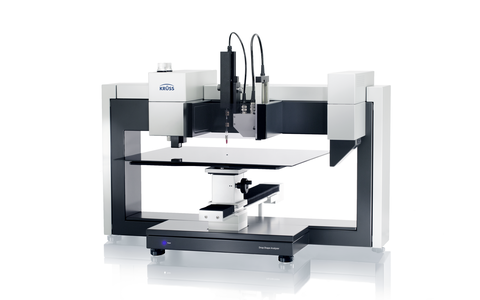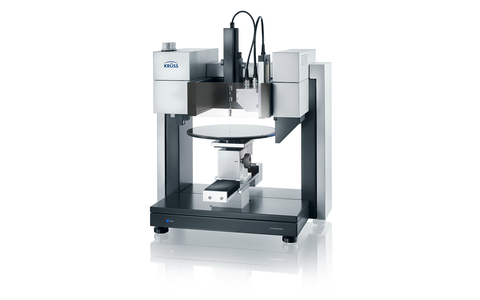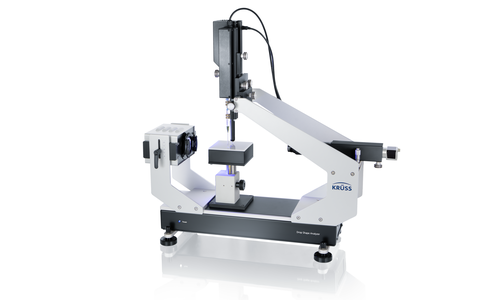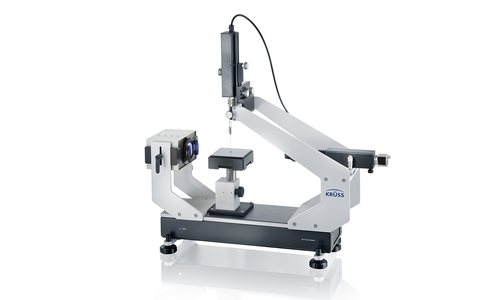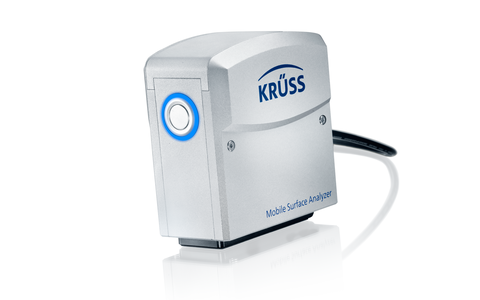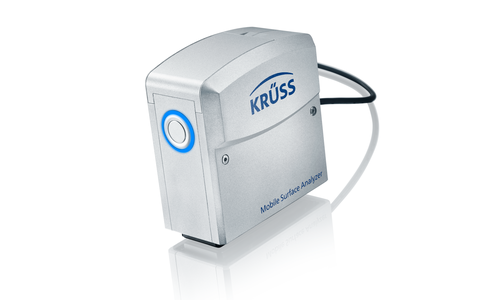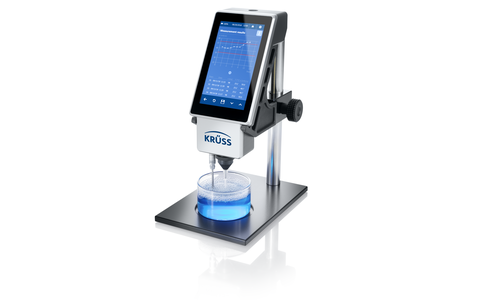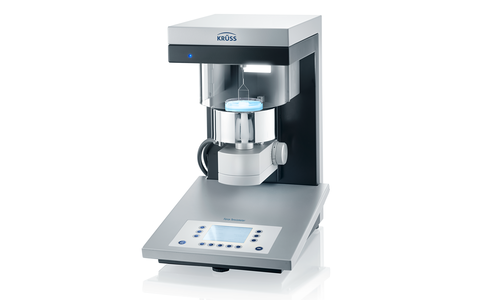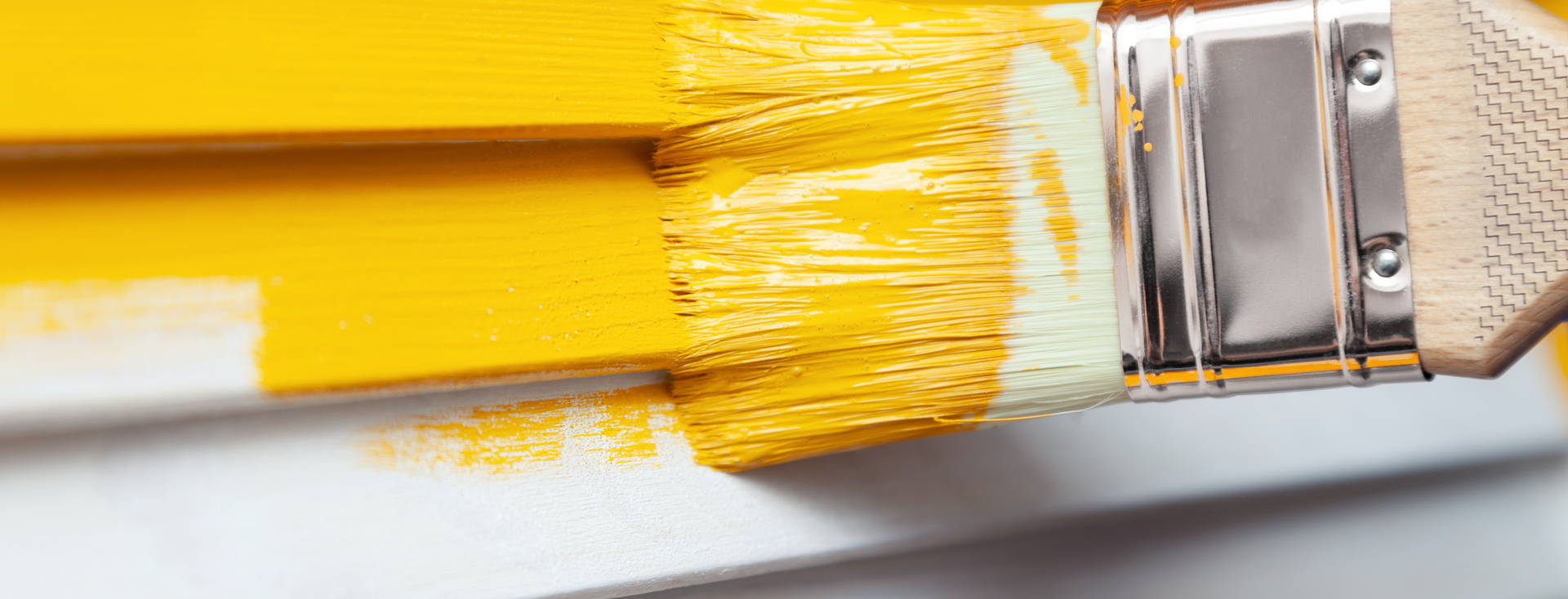
Paints and varnishes on surfaces
From spreading, adhesion, interfacial tension to the final functions of the finished coating
Layers of paints and lacquers are supposed to be continuous, in most cases smooth, attractive to the eye, and long-lasting. All these requirements are linked to surface properties of the paint and the solid material. Our instruments use surface science to help find matching pairs of paint and substrate and to check the quality of the finished coating.
Surface tension of the paint for quantifying wetting properties
Good wetting and spreading of the paint are pre-requirements for a uniform layer. These properties are largely governed by the liquid’s surface tension, which is why surfactants are part of many paint formulas. Our tensiometers allow the measuring of both static and dynamic surface tension of liquids to characterize surfactants and the wetting properties in slow and rapid paint applications.
Surface energy of the substrate for evaluating and predicting adhesion forces and stability
A more precise understanding of the quality of coating on a surface is achieved when the surface energy of the substrate is considered as well. With a known surface tension of the liquid, contact angle measurements on the substrate evaluate and even predict adhesion forces and long-term stability of the coating. The measuring procedures have recently been described in the standard DIN 55660 for coating substances.
The same methods are used to evaluate the effect of surface free energy related to procedures such as corona or plasma treatment for polymers. In such cases, to measure the increase in surface free energy and polarity means to quantify the degree to which the surface has been adapted to aqueous paints or lacquers.
Checking the quality of the surface before and after coating
A simple and helpful step for quality checking of surface cleaning before the paint is applied is using contact angle measurement. A uniformly clean and degreased surface shows the same contact angle in each area of the sample. With our mobile technique, such tests are carried out at almost any location and without destroying the sample.
The same method of checking for homogeneity applies to the surface when coated. Moreover, special features of the surface achieved with the paint, like hydrophobia or self-cleaning properties, can be quantified with the contact angle measurement. Measuring the roll-off angle (i.e. the tilting angle of a surface that forces applied drops to move), concludes the analysis of the coated surface.







